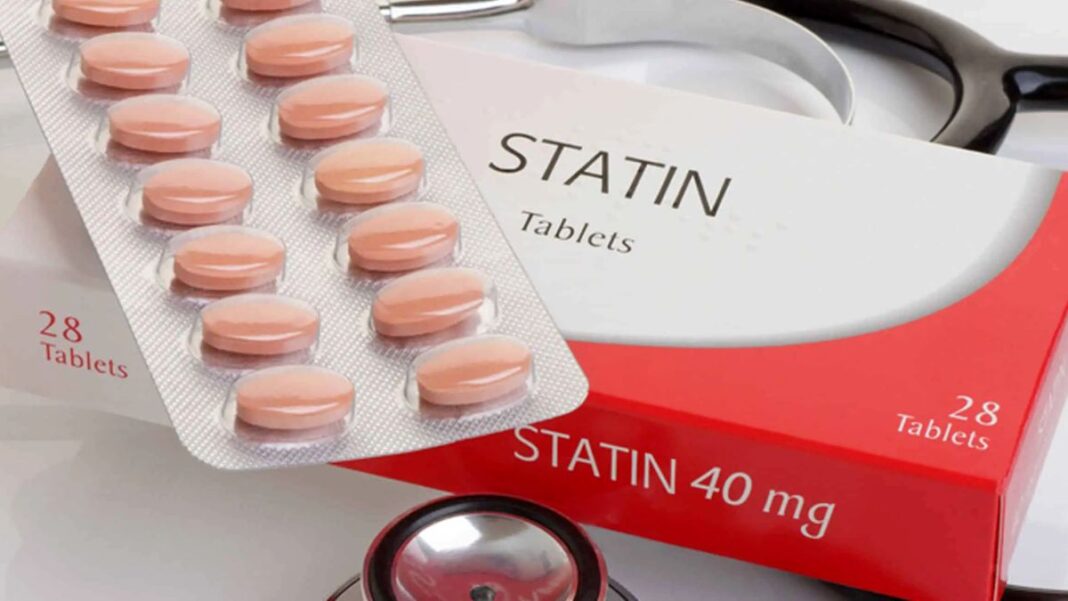
My hypothesis is that the massive, population-wide lowering of cholesterol among the American public leading up to 2019 set the stage for vulnerability to the novel pathogen SARS‑CoV‑2, the virus that causes COVID-19. This weakening of people’s defenses turned what could have and should have been a nuisance common cold into a very difficult and dangerous illness for those who were older, obese, or who suffered from multiple chronic illnesses.
Statin drugs lower cholesterol, especially what is called “bad” low-density lipoproteins (LDL) that carry cholesterol to our cells. Statins have been among the most common prescriptions in the United States for decades. In 2013, the American College of Cardiology and the American Heart Association recommended that everyone between the ages of 65 and 75 who were at elevated risk of cardiovascular disease (nearly everyone) be prescribed a statin drug. Then, by 2019, statins were a $10 billion market, and over 92 million people—35 percent of the U.S. population—mostly older adults, were taking statin drugs. This number was a threefold increase from the previous decade. By 2020, the United States ranked sixth in the world in per capita statin use.
So in 2019, the American public was about as saturated with statins as we had ever been.
The perhaps unintended result was that statin saturation rendered many seniors vulnerable to devastating outcomes from an infectious illness such as COVID-19. That cumulative vulnerability, which peaked in 2019, likely represented the lowest point of collective immune capability, and those extremes crested right before COVID-19 hit, as I will show in this article.
Statin drugs lower a person’s cholesterol, and cholesterol is not a luxury but rather a necessity for forming the vitamin D molecule—the conductor of the symphony, so to speak, of the human immune system.
Three organs are involved in your vitamin D production: first, the skin, then the liver, and finally, the kidneys. This is to take vitamin D to where it’s fully activated for its role as the executive director of all of a person’s immune function, as in the diagram below.






